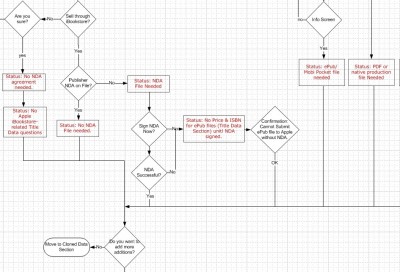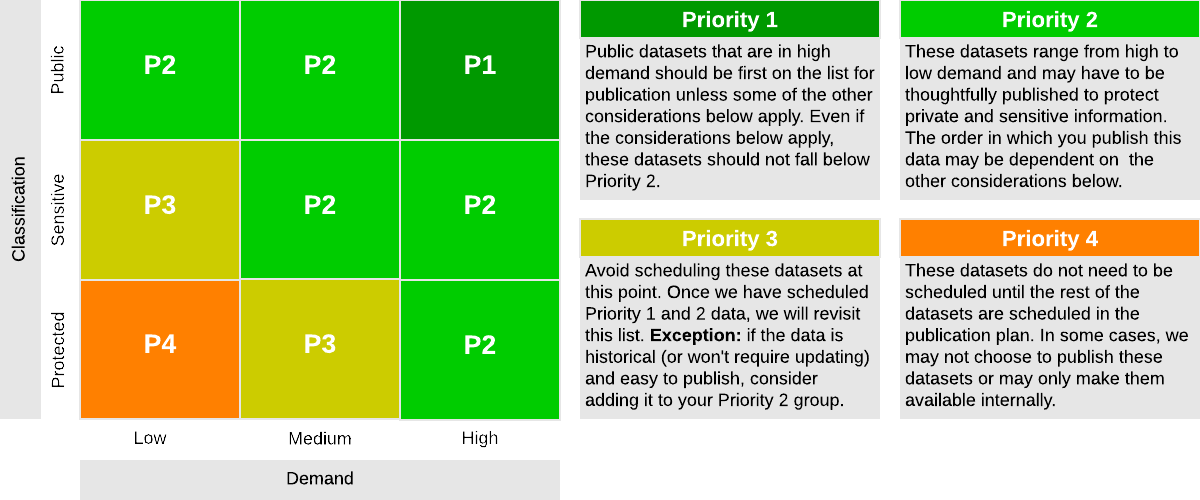
- Aboutopenbve Data Publishing Studio App
- Aboutopenbve Data Publishing Studio Tutorial
- Aboutopenbve Data Publishing Studio Software
Discovering data contexts when trying to publish windows 10.0 visual studio 2017 version 15.4 Daniel Ruzza reported Nov 15, 2017 at 03:23 PM. The build process in the SQL Database Projects extension for Azure Data Studio allows for dacpac creation in Windows, macOS, and Linux environments. Design software, free download. The project can be deployed to a local or cloud environment with the publish process. Webos 2.0 download. This is the home of OpenBVE, a license-free, open source, free of charge train driving simulator. This program includes detailed per-car simulation of the brake.
You've built something amazing with Data Studio, learn aboutall the ways you can publish and share your work with the Data Studio community.
Publish a connector
Publish your connector to theData Studio Connector Gallery andenable Data Studio users to easily discover and connect to their data.
Publish a report template
Publish a report templatein the Data Studio Report Galleryto showcase and contribute your skills to the Data Studio community.
-->Play as a warrior cat. You can use the Publish tool to import publish settings and then deploy your app. In this article, we use publish settings for Azure App Service, but you can use similar steps to import publish settings from IIS. In some scenarios, use of a publish settings profile can be faster than manually configuring deployment to the service for each installation of Visual Studio.
These steps apply to ASP.NET, ASP.NET Core, and .NET Core apps in Visual Studio. You can also import publish settings for Python apps.
Aboutopenbve Data Publishing Studio App

- Aboutopenbve Data Publishing Studio App
- Aboutopenbve Data Publishing Studio Tutorial
- Aboutopenbve Data Publishing Studio Software
Discovering data contexts when trying to publish windows 10.0 visual studio 2017 version 15.4 Daniel Ruzza reported Nov 15, 2017 at 03:23 PM. The build process in the SQL Database Projects extension for Azure Data Studio allows for dacpac creation in Windows, macOS, and Linux environments. Design software, free download. The project can be deployed to a local or cloud environment with the publish process. Webos 2.0 download. This is the home of OpenBVE, a license-free, open source, free of charge train driving simulator. This program includes detailed per-car simulation of the brake.
You've built something amazing with Data Studio, learn aboutall the ways you can publish and share your work with the Data Studio community.
Publish a connector
Publish your connector to theData Studio Connector Gallery andenable Data Studio users to easily discover and connect to their data.
Publish a report template
Publish a report templatein the Data Studio Report Galleryto showcase and contribute your skills to the Data Studio community.
-->Play as a warrior cat. You can use the Publish tool to import publish settings and then deploy your app. In this article, we use publish settings for Azure App Service, but you can use similar steps to import publish settings from IIS. In some scenarios, use of a publish settings profile can be faster than manually configuring deployment to the service for each installation of Visual Studio.
These steps apply to ASP.NET, ASP.NET Core, and .NET Core apps in Visual Studio. You can also import publish settings for Python apps.
Aboutopenbve Data Publishing Studio App
In this tutorial, you will:
- Generate a publish settings file from Azure App Service
- Import the publish settings file into Visual Studio
- Deploy the app to Azure App Service
A publish settings file (*.publishsettings) is different than a publishing profile (*.pubxml) created in Visual Studio. A publish settings file is created by Azure App Service, and then it can be imported into Visual Studio.
Note
If you just need to copy a Visual Studio publishing profile (*.pubxml file) from one installation of Visual Studio to another, you can find the publishing profile, .pubxml, in the PropertiesPublishProfiles folder for managed project types. For websites, look under the App_Data folder. The publishing profiles are MSBuild XML files.
Prerequisites
You must have Visual Studio 2019 installed and the ASP.NET and web development workload.
If you haven't already installed Visual Studio, go to the Visual Studio downloads page to install it for free.
You must have Visual Studio 2017 installed and the ASP.NET and web development workload.
If you haven't already installed Visual Studio, go to the Visual Studio downloads page to install it for free.
- Create an Azure App Service. For detailed instructions, see Deploy an ASP.NET Core web app to Azure using Visual Studio.
Create a new ASP.NET project in Visual Studio
On the computer running Visual Studio, create a new project.
Choose the correct template. In this example, choose either ASP.NET Web Application (.NET Framework) or (for C# only) ASP.NET Core Web Application, and then select OK.
If you don't see the specified project templates, go to the Open Visual Studio Installer link in the left pane of the New Project dialog box. The Visual Studio Installer launches. Install the ASP.NET and web development workload.
The project template you choose (ASP.NET or ASP.NET Core) must correspond to the version of ASP.NET installed on the web server.
Choose either MVC (.NET Framework) or Web Application (Model-View-Controller) (for .NET Core), and make sure that No Authentication is selected, and then select OK.
Type a name like MyWebApp and select OK.
Visual Studio creates the project.
Choose Build > Build Solution to build the project.
Create the publish settings file in Azure App Service
In the Azure portal, open the Azure App Service.
Go to Get publish profile and save the profile locally.
A file with a .publishsettings file extension has been generated in the location where you saved it. The following code shows a partial example of the file (in a more readable formatting).
Typically, the preceding *.publishsettings file contains two publishing profiles that you can use in Visual Studio, one to deploy using Web Deploy, and one to deploy using FTP. The preceding code shows the Web Deploy profile. Both profiles will be imported later when you import the profile.
Aboutopenbve Data Publishing Studio Tutorial
Import the publish settings in Visual Studio and deploy
On the computer where you have the ASP.NET project open in Visual Studio, right-click the project in Solution Explorer, and choose Publish.
If you have previously configured any publishing profiles, the Publish pane appears. Click Create new profile.
In the Pick a publish target dialog box, click Import Profile.
Navigate to the location of the publish settings file that you created in the previous section.
In the Import Publish Settings File dialog, navigate to and select the profile that you created in the previous section, and click Open.
Visual Studio begins the deployment process, and the Output window shows progress and results.
If you get an any deployment errors, click Settings to edit settings. Modify settings and click Validate to test new settings. If the host name is not found, try the IP address instead of the host name in the Server and Destination URL fields.
Next steps
Aboutopenbve Data Publishing Studio Software
In this tutorial, you created a publish settings file, imported it into Visual Studio, and deployed an ASP.NET app to Azure App Service. You may want an overview of publishing options in Visual Studio.
